Bigfoot
My wife and I were recently invited to our son’s home for a social gathering that was also attended by a number of his 20-something friends. The conversation was wide ranging and included discussions on global warming and sustainability issues it’s a mind-opening experience to hear what is really important to our younger generations; they really do think differently and have different priorities than their parents!
Knowing that I work with growers in South America who fly hundreds of millions of cut flower stems into the United States, their primary market, the discussion gravitated to the topic of “air miles.” In their minds, high air miles translate to a large carbon footprint, which contributes to greenhouse gases and global warming.
This simplistic way of thinking isn’t unique to younger generations. Advocacy groups and consumers in the U.K. marketplace, which is light-years ahead of the United States in visibility and awareness on sustainability, are pressuring retailers to communicate the country of origin for products and affix stickers to their packaging that detail the number of miles they’ve traveled to get to market. Their thinking is that this would help make it easier for consumers to purchase environmentally friendly products. But we know that this is not necessarily correct.
The confusion didn’t end there. These young folks also knew that many of the products we sell are grown in greenhouses, so we are contributors to the growing concern about greenhouse gases that are a primary cause of global warming!
I’d wager that, because you are committed to our industry and know a lot more about it than the average Joe, you know the ins and outs of carbon footprints and greenhouse gases. But do your employees? How might they respond when your customers start asking these questions? Addressing Misconceptions To provide a little background on this topic, a carbon footprint is a measure of an activity’s impact on the environment in terms of how many greenhouse gases are produced, measured in units of carbon dioxide. For the record, greenhouse gases go beyond just carbon dioxide, which accounts for the majority at 72 percent, to include methane at 18 percent and nitrous oxide at 9 percent.
Even the term itself is overly simplistic. What really matters is the life-cycle assessment, more commonly referred to as a “cradle-to-grave” analysis. Life-cycle assessment factors in not only the energy utilized and greenhouse gases produced in the production process (direct emissions) but also that of all of the external and off-site, upstream and downstream inputs and outputs involved (indirect emissions).
In our industry, direct emissions might be the energy used to heat our greenhouses and the power used to light the facilities and run your computer systems. Indirect emissions might be those created in fabricating the steel used for your greenhouse structure and the poly or glass that covers the frame; it might be the emissions created in manufacturing the chemicals and pesticides used, or the transportation to get the inputs into your facility and the finished product to your garden center.
Here’s a real-world example: Environmental advocacy groups in the United Kingdom challenged that cut flower growers in Kenya had an irresponsibly high carbon footprint because the air miles in flying the product to the U.K. market were very high, that the environmental costs in jet fuel were so high that they wanted retailers and consumers to boycott product from Kenya.
But according to the life-cycle assessment of Kenyan product, because the product was grown in Kenya, was produced in unheated lathe houses or field grown with a very low greenhouse gasemission rate even when flown all the way to the United Kingdom the life-cycle impact was lower than that of flowers grown in Holland. Product grown in the Netherlands had to be produced in heated glass greenhouses, which negated the fact that it traveled far fewer miles to get it to market. The higher direct and indirect input costs in Holland-grown flowers more than offset the air miles incurred in Kenyan-grown flowers.
Despite this proven fact, environmentalists are still pressuring retailers in the United Kingdom to label the product with transportation mile labels, focusing on just one environmental element instead of considering the big picture, life-cycle environmental impact.
Spreading the Good Word
Our industry has a PR opportunity that we haven’t yet tapped into, and we need some science to back us up and add the credibility factor. I would venture a guess that, when looking at the life-cycle assessment on the environment of our products, we are not only carbon-footprint neutral, but we may very well be carbon-footprint negative!
Think about it: Through the process of photosynthesis, our products absorb carbon dioxide and give off oxygen; our products are scrubbers of greenhouse gases with the net effect of replenishing the atmosphere with water vapor and oxygen. And when consumers use our product, the environmental benefits continue.
Granted, in the northern climates where we have to heat our products in colder months, the production footprint may be higher, but it’s being grown closer to the market, so transportation inputs are lower. And when you look at our industry nationally, with many annuals field grown in warmer climates balancing out the larger footprint in the northern markets, I believe the averages will play to our benefit. And factoring in the longer-term benefits of trees and shrubs, the averages tilt even more in our favor!
Yes, some organics supporters may slam us for using chemicals and pesticides to provide them with the beautiful plants and flowers they desire, and we have opportunities to become more sustainable in these areas. And yes, we have opportunities to become more water-usage conscious and need to look at zero-runoff and water-filtration processes to become more closed loop. And yes, we need to explore more biodegradable and nonpetroleum-based inputs in our production. And yes, we need to look at our logistics to optimize cube and reduce transportation miles.
But how many other consumer product categories can make the claim that they are carbon-footprint neutral or even negative? Who else can say that on a life-cycle-assessment basis, their industry may be beneficial to the environment, not working against it?
The Bottom Line
We have a responsibility and an opportunity to become more sustainable and environmentally friendly, and I believe we can make tremendous progress quickly, given the knowledge base that resides within our industry, our willingness to share successes and best practices with one another, and our raised awareness on these initiatives.
But we already have one hell of a story to tell! Not only do we provide beauty, stoke emotions, create positive psychological vibes, add value to landscapes and enhance living spaces, but at the end of the day, we also benefit the environment.
No one else is going to tell our story for us. Individually and collectively, we need to communicate and educate our consumers on the power of flowers, plants and landscape material. In this tough economy, offering price value is an important consideration. But what we provide our customers transcends price if only we promote our true value to them…

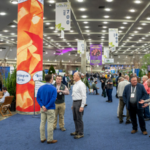
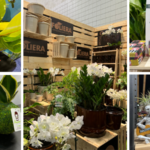



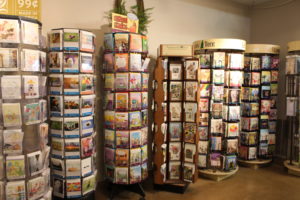
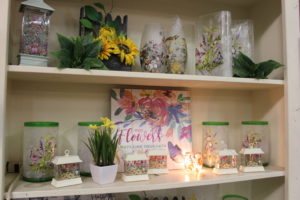

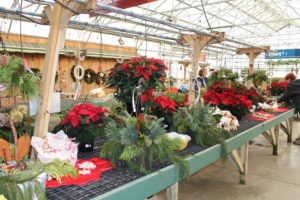
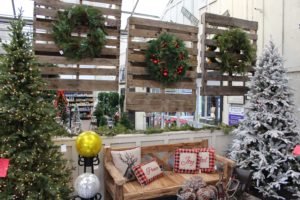
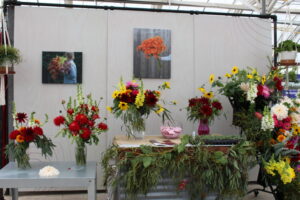
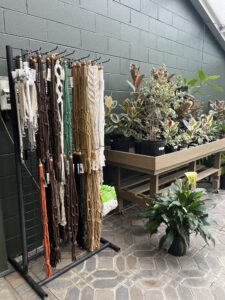
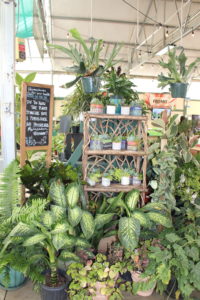
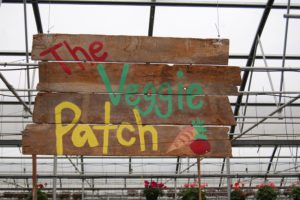

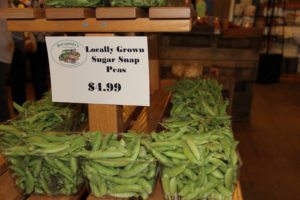
 Videos
Videos





